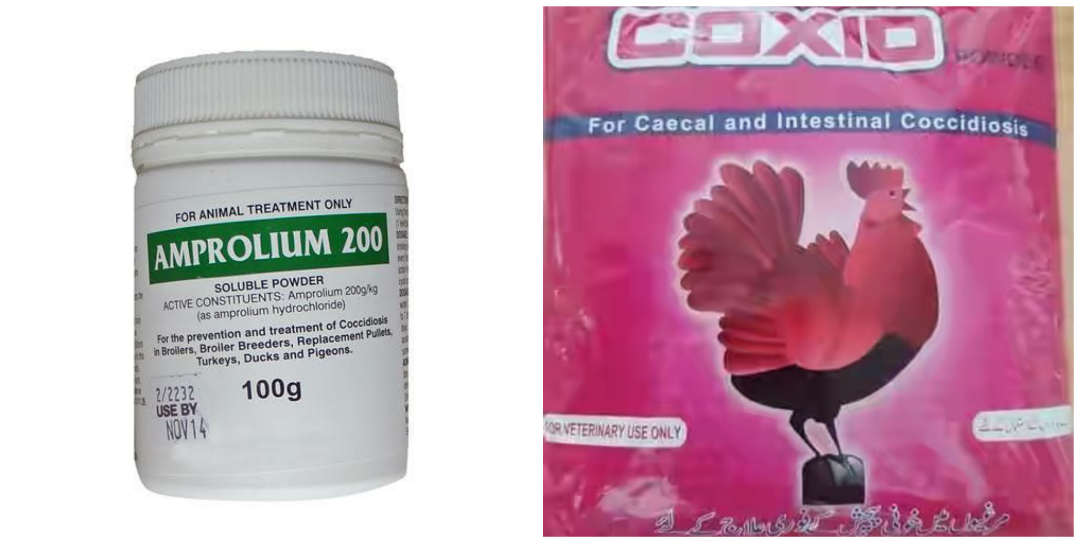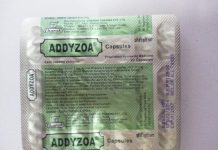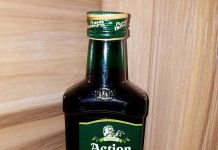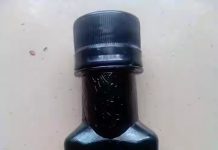10 Drugs for the treatment of Coccidiosis in Nigeria, Anticoccidial drugs for chickens in Nigeria, Drug of choice for coccidiosis in poultry,
Coccidiosis in poultry
Occurrence: Worldwide.
Species affected: Mostly Chickens, some species can also have disease including turkeys, quail and pheasants.
Age affected: All ages after 7 days of age.
Causative organism of Coccidiosis:
Protozoan parasites of the genus Eimeria. Nine species occur in the chicken, of which E. tenella, E. maxima, E. necatrix, E. acervulina, E. dispersa are the most important.
Effects:
Watery and/or bloody droppings, poor weight gain and feed conversion, anaemia, depression, drop in egg production in layers. Morbidity can be as high as 100%, mortality ranges from 0-50%.
Species
Nine species of Eimeria occur in the chicken and 6 are important.(E. acervulina, E. maxima, E. brunetti. E. necatrix, E. mitis, E. tenella,). All avian Eimera with the exception of E. dispersia infect only one poultry species. E. dispersia may infect and cause disease in turkeys, quail and pheasants.
The Eimeria; oocyst contains 4 sporocysts. Each sporocyst contains 2 sporozoites. The organism undergoes two rounds of asexual reproduction (schizogony) and 1 round of sexual reproduction (gametogony). All chicken coccidia are species-related (occur only in the chicken) and are tissue trophic (occur in particular areas of the intestine). Acute to chronic disease can occur after 7 days of age.
Transmission
Direct transmission occurs by consumption of sporulated oocysts in the faecal material. Only birds reared on moist, contaminated used litter have access to sporulated oocysts. Soil may be contaminated. Oocysts need 48 hours to sporulate (sporogony). Oxygen and moisture are needed for sporulation. The entire process takes 4-7 days depending on the species of Eimeria.
Clinical signs and Symptoms of Coccidiosis
Coccidia which are deep tissue invaders such as E. maxima, E. necatrix and E. tenella cause severe necrosis, haemorrhage of the intestinal mucosa, and bloody diarrhoea and may result in death. Signs include watery and/or bloody droppings, mortality (0-50%), and morbidity (0-100%). Culls appear as pale birds with anaemia, depression, poor weight gain and feed conversion, and a drop in egg production.
Postmortem lesions
Enteritis characteristic of Eimeria species is seen. The intestinal tract can be enlarged and have necrotic and/or haemorrhagic foci, undigested feed and gas. Localisation of lesions is Eimeria species- related.
Diagnosis
Intestinal scrapings should be examined for oocysts. The site and degree of lesions and size and shape of oocysts and schizonts are all used to differentiate between Eimeria species. It appears similar to bacterial enteritis in chickens, especially necrotic enteritis.
Treatment & control
Feeding anticoccidial feed additives for the entire broiler grow-out or at least 3 weeks for pullet reared on the ground. Vaccine containing live or attenuated oocysts can be given by coarse spray in the hatchery or drinking water in the field.
Managing Coccidiosis
Coccidiosis, discovered in the late 1920’s, has a major economic impact on the poultry industry. Total estimated loss is massive, calculated at a gross €10 billion on an annual basis. Progress has been made in combating the disease but it is still a threat. Vaccines have also played a great role in helping to curb this deadly disease of birds.
Antibiotic reduction and battling coccidiosis
The use of antibiotics in broiler production has to decrease, as is prescribed by certain governments in Europe, Africa and America. Coccidiosis with enteric health repercussions have to be kept at bay to reach this goal. A field trial in Belgium with a live coccidiosis vaccine in rotation with anticoccidial feed additives gives promising results.
Common Drugs used in the treatment of Coccidiosis in Nigeria.
1. COXID
For Caecal and Intestinal Coccidiosis
Formula: Each 500gm contains.
2,4-diamino-5, Veratrylpyrimidine.
25.00gm Sulphabenzpyrazine USP 100.00gm
Vitamin 1.250 MIU
Menadione Sulphite Sodium (Vitamin K3) USP 2.50gm
The product complies with Hilton Pharma specs.
Indications: “COXID”is highly effective against all strains of Eimeria and treats both caecal and intestinal coccidiosis in poultry.
“COXID”can also be given prophylactically to
prevent the occurrence of coccidiosis.
Dosage & Administration: “COXID” is easily dissolved in water and can be administered either by drinking water or with feed in treating coccidiosis, while in small doses it provides an effective prophylaxis against coccidiosis.
The dosage regimen is as follows:
(a) Therapeutic Dose: Mix 62.5 gms of “COXID “in 100 litres of drinking water or 125gms in 100kg feed for 3 days give plain water or unmedicated feed for 2 days and repeat the treatment for 3 days i.e., 3 days on – 2 days off – 3 days on. This dosage regimen can be further continued if necessary
(b) Prophylactic Dose: Mix 25gms of “COXID” in 100 litres of drinking water or 50gms in 100kg feed to prevent the occurrence of coccidiosis.
Toxicity / Side effects: “COXID ” is extremely safe and at recommended doses, the incidence of side-effects and toxicity is not expected.
Contraindications: None
Precautions: Don’t give any other sulpha drug while “COXID is in use.
Instructions: Store below 30°C. Protect from sunlight and moisture. Keep out of reach of children.
Packing: 500gm sachet.
Mfo. Lic No. 0001336
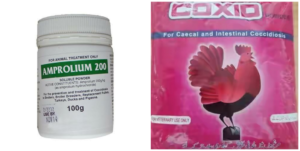
2. AMPROLIUM
Amprolium. Amprolium has been used for many years for the control coccidiosis. The price of Amprolium in Nigeria is around #2500 Naira.
3. Clopidol and quinolines (eg, decoquinate, methylbenzoquate) are coccidiostatic against early development of Eimeria spp by inhibiting mitochondrial energy production.
4. Halofuginone hydrobromide
5. Nicarbazin: oldest anticoccidial medication available since 1955. Side effects: Nicarbazin is toxic for layers, causing mottling of egg yolks, decreased egg production, and blanching of brown egg shells.
6. Robenidine
7. Nitrobenzamides
8. Diclazuril and toltrazuril are highly effective against a broad spectrum of coccidia.
9. Roxarsone
10. Folic acid antagonists include the sulfonamides, 2,4-diaminopyrimidines, and ethopabate.
Sources:
2. MSD MANUAL – Veterinary Manual

















